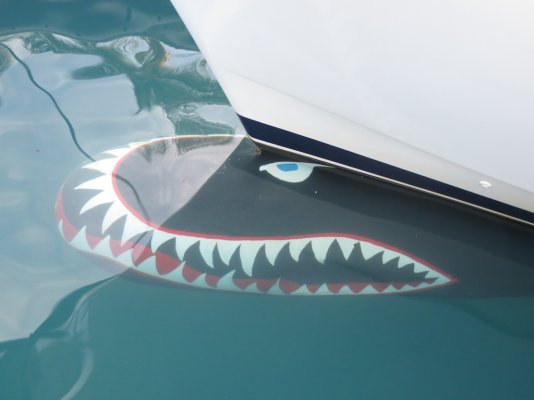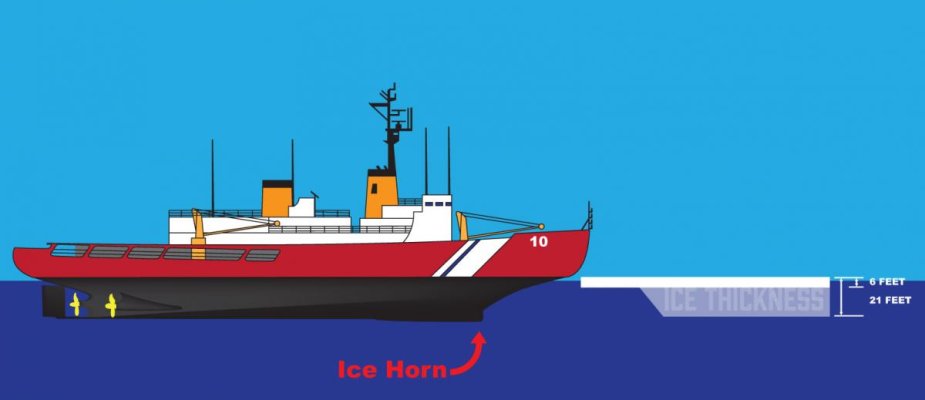Lepke
Guru
- Joined
- Jun 19, 2016
- Messages
- 3,035
- Location
- US
- Vessel Name
- Charlie Harper
- Vessel Make
- Wheeler Shipyard 83'
Some larger commercial fishing boats have the bow done, but I hear it only works best at one speed.
On anchoring, I was on a destroyer with a big sonar dome on the bow. To use the center bow anchor, we had to be moving astern. When you're assigned a specific anchoring spot, you're expected to put the anchor in the exact center. To do that pre GPS, you take a series of fixes from visual bearings, when the bow passes thru the center you back down and drop when the bow passes the center the 2nd time while making sternway. Somebody got excited and dropped going forward and ruined the dome, 3 million to fix in 1970.
On anchoring, I was on a destroyer with a big sonar dome on the bow. To use the center bow anchor, we had to be moving astern. When you're assigned a specific anchoring spot, you're expected to put the anchor in the exact center. To do that pre GPS, you take a series of fixes from visual bearings, when the bow passes thru the center you back down and drop when the bow passes the center the 2nd time while making sternway. Somebody got excited and dropped going forward and ruined the dome, 3 million to fix in 1970.




